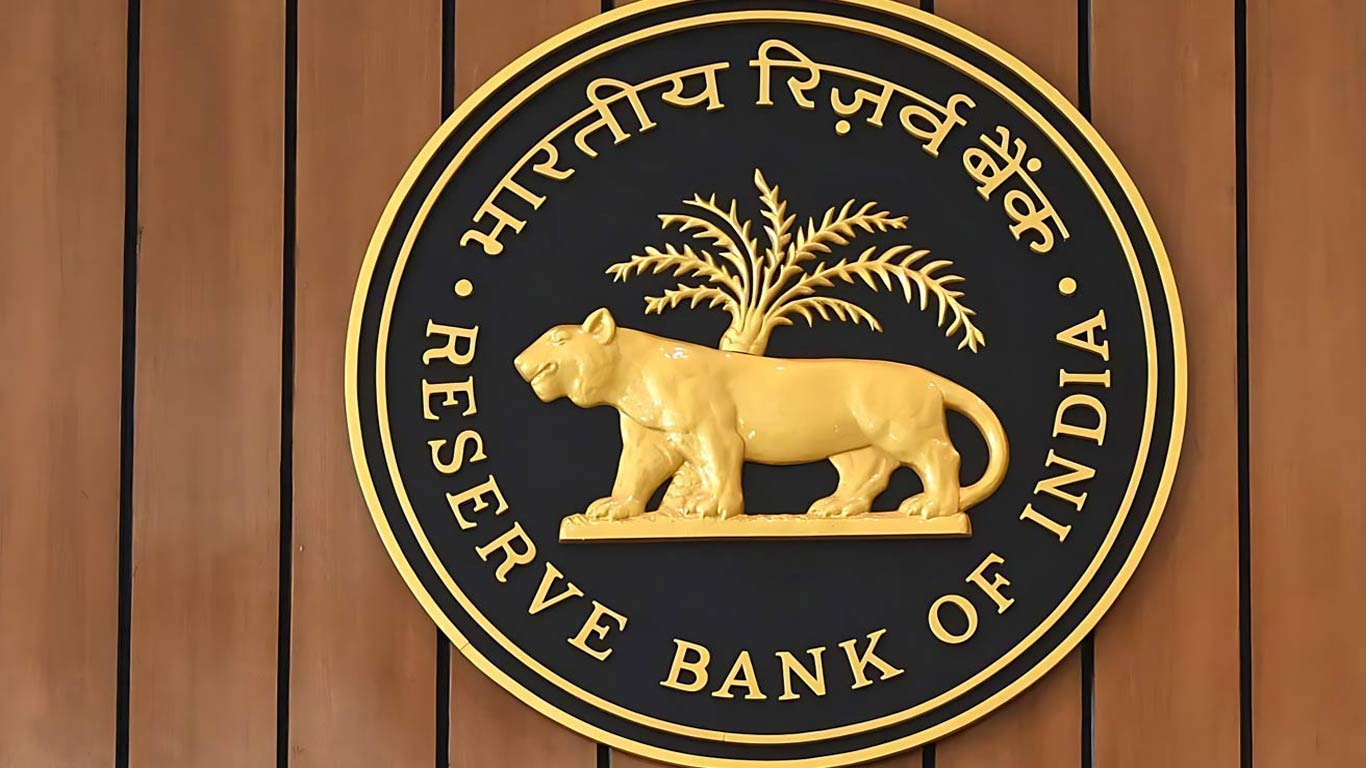Key highlights of the Economic Survey 2018-19
Updated: Jul 04, 2019 10:03:26am

Key highlights of the Economic Survey 2018-19
New Delhi, July 4 (KNN) The Union Minister for Finance and Corporate Affairs Nirmala Sitharaman tabled the Economic Survey 2018-19 in the Parliament today.
Private Investment as the Key Driver of Growth Jobs, Exports and Demands were mentioned in the Survey.
The survey states that during the last five years, the pathways for trickle-down opened and the benefits of growth and macroeconomic stability reached the bottom of the pyramid. A sustained GDP Growth rate of 8 percent is needed for a $5Trillion economy by 2024-25. Along with this for sustainable growth, a Virtuous Cycle of savings, investment and exports catalyzed and support by a favorable demographic phase is required.
The survey departs from traditional Anglo-Saxon thinking by viewing the economy as being either in a virtuous or a vicious cycle and not in equilibrium. The key ingredients for a self-sustaining virtuous cycle are majorly nourishing MSMEs to create more jobs and become more productive, along with this there many more such as reducing the cost of capital.
The survey also mentions the policies for real people; leveraging the Behavioural Economics of “Nudge”. Behavioral economics provides insights to “nudge” people towards desirable behavior. Using insights from behavioral economics to create an aspirational agenda for social change, from ‘Beti Bachao Beti Padhoa’ to ‘BADLAV’, from ‘Swatch Bharat’ to ‘Sundar Bharat’ and many more.
The survey further highlights nourishing Dwarfs to become Giants; Reorienting policies for MSME Growth. It focused on enabling MSMEs to grow for achieving greater profits, job creation and enhanced productivity. Large firms account for 75% employment and close to 90% of productivity despite accounting for 15% by number. As mentioned, the contribution of dwarfs to employment is only 14% and productivity is a mere 8%. This survey focussed on service sectors such as tourism, real estate, entertainment, etc., for job creation
It mentioned Data “Of the People, By the People, For the People” which states that Society’s optimal consumption of data is higher than ever given technological advances in gathering and storage of data, the Government must intervene in creating data as a public good, especially of the poor and in social sectors and merging the distinct data sets held by the government already would generate multiple benefits.
How does Policy Uncertainty affect Investment also has a mention in the Survey. There have been Significant reduction in Economic Policy Uncertainty in India over the last one decade, even when economic policy uncertainty increased in major countries, especially the U.S. Uncertainty dampens investment growth in India for about five quarters. Lower economic policy uncertainty can foster a salutary investment climate. Survey proposes reduction in economic policy uncertainty by way of quality assurance certification of process in government departments.
The document also points India’s demography at 2040; planning public good provision for the 21st century. National Total Fertility Rate is expected to be below replacement rate by 2021. Working age population to grow by roughly 9.7mn per year during 2021-31 and 4.2mn per year during 2031-41. Policy makers need to prepare for ageing by investing in health care and by increasing the retirement age in a phased manner
Analysis of Swatch Bharat Mission from Swatch Bharat to Sundar Bharat. It was mentioned that 93.1% of the households have access to toilets. 96.5% of those with access to toilets are using them in rural India. 100% Individual Households Latrine (IHHL) Coverage in 30 states and UTs and Environmental and water management issues need to be incorporated in SBM for sustainable improvements in the long-term.
Inclusive Growth through affordable, reliable and sustainable energy to be enabled along with this there should be an effective use of technology for welfare schemes in the case of MGNREGs as the survey says that efficacy of MGNREGS increased with the use of technology in streamlining it.
There should be a redesign of the Minimum Wage System in India for Inclusive Growth as proposed. ‘National Floor Minimum Wage’ should be notified by the Central Government, varying across five geographical regions. ‘National level dashboard’ under the Ministry of Labour & Employment for regular notifications on minimum wages, proposed by the Survey.
The survey presented a state of the economy in 2018-19 by giving a macro view. It mentioned that India still the fastest growing major economy in 2018-19 and Investment growth is recovering since 2017-18.
Money Management and Financial Intermediation were mentioned in which it was said that the Banking system be improved as NPA ratios decline and credit growth accelerated, and that Insolvency and Bankruptcy Code led to recovery and resolution of a significant amount of distressed assets and improved business culture.
Along with these prices and Inflation were mentioned with Sustainable Development and Climatic Change. The survey focussed on Agriculture and Food Management as it mentions that Agriculture sector in India typically goes through cyclical movement in terms of its growth and also that women’s participation in agriculture increased to 13.9 per cent in 2015-16 from 11.7 per cent in 2005-06 and their concentration is highest (28 per cent) among small and marginal farmers. (KNN/Lavannya)











